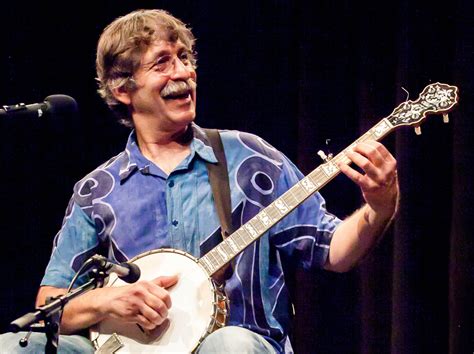Banjo: Discover the Magic of Bluegrass
The banjo, with its distinctive twang and rhythmic pulse, is inextricably linked to the vibrant soundscape of bluegrass music. But its story extends far beyond the rolling hills of Appalachia, encompassing a rich history and diverse musical styles. This article delves into the captivating world of the banjo, exploring its origins, its evolution within bluegrass, and the magic it brings to this genre.
What is a Banjo and How Does it Work?
The banjo, at its core, is a stringed instrument characterized by a resonating body typically made of wood or metal, a circular skin (traditionally animal hide, now often synthetic), and a long neck with frets. The strings are plucked or strummed, producing a sound that's both bright and resonant. The unique construction of the banjo, particularly its circular drum-like body, contributes to its characteristic twang. While the five-string banjo is most prominently associated with bluegrass, variations exist with different numbers of strings.
The History of the Banjo: From Africa to Appalachia
The banjo's origins are surprisingly complex and fascinating. While often associated with American folk music, its roots trace back to West Africa. Instruments resembling the banjo, featuring a skin-covered resonator and strings, were prevalent in Africa long before their arrival in the Americas. These instruments were brought to the United States through the transatlantic slave trade, undergoing significant evolution as they were adapted and adopted by various cultures. The banjo we know today emerged through a blend of African, European, and American influences.
The Banjo's Role in Bluegrass Music
The banjo occupies a central position in bluegrass music, providing the rhythmic foundation and driving force for many songs. Its distinctive sound, often characterized by fast, intricate picking patterns, is instantly recognizable and deeply evocative. Many legendary bluegrass banjo players have shaped the instrument's role in the genre, including Earl Scruggs, whose three-finger style revolutionized bluegrass banjo playing and remains highly influential today.
What Makes the Banjo Sound Unique in Bluegrass?
The banjo's unique sound in bluegrass stems from several factors: its construction, playing techniques, and its interaction with other instruments within the bluegrass ensemble. The high-pitched twang of the banjo cuts through the other instruments, creating a distinctive timbre. The rhythmic drive provided by the banjo's picking patterns forms the backbone of many bluegrass songs, propelling the music forward.
How Did Earl Scruggs Influence Bluegrass Banjo?
Earl Scruggs' three-finger style transformed bluegrass banjo playing. Before Scruggs, banjo playing in bluegrass was often simpler and less intricate. Scruggs' innovative technique, using his thumb and index and middle fingers to rapidly pluck the strings, allowed for complex melodies and rhythmic variations. His influence is so profound that his style is still widely taught and imitated today.
What are Some Famous Bluegrass Banjo Players?
Beyond Earl Scruggs, numerous other banjo players have made significant contributions to bluegrass music. Bill Monroe, the "Father of Bluegrass," was a skilled banjo player himself. Other notable banjoists include J. D. Crowe, Ralph Stanley, and Béla Fleck, whose work extends beyond traditional bluegrass into various other genres.
Beyond Bluegrass: The Banjo's Versatility
While strongly associated with bluegrass, the banjo's versatility extends to a range of musical styles, including folk, country, jazz, and even classical music. Its adaptable nature allows it to be incorporated into diverse musical settings, showcasing its remarkable adaptability and enduring appeal.
Learning to Play the Banjo: A Rewarding Journey
Learning to play the banjo can be a rewarding experience. Numerous resources are available for aspiring banjo players, from instructional books and videos to online courses and workshops. The journey of mastering the banjo, like any instrument, requires dedication, practice, and a love for the music. The unique challenge and satisfaction of learning to play this iconic instrument are a significant draw for many musicians.
In conclusion, the banjo's story is a rich tapestry woven from diverse cultural influences. Its central role in bluegrass music is undeniable, shaped by legendary players and innovative techniques. But its appeal extends far beyond this genre, proving its enduring versatility and its continued magic in the world of music.

